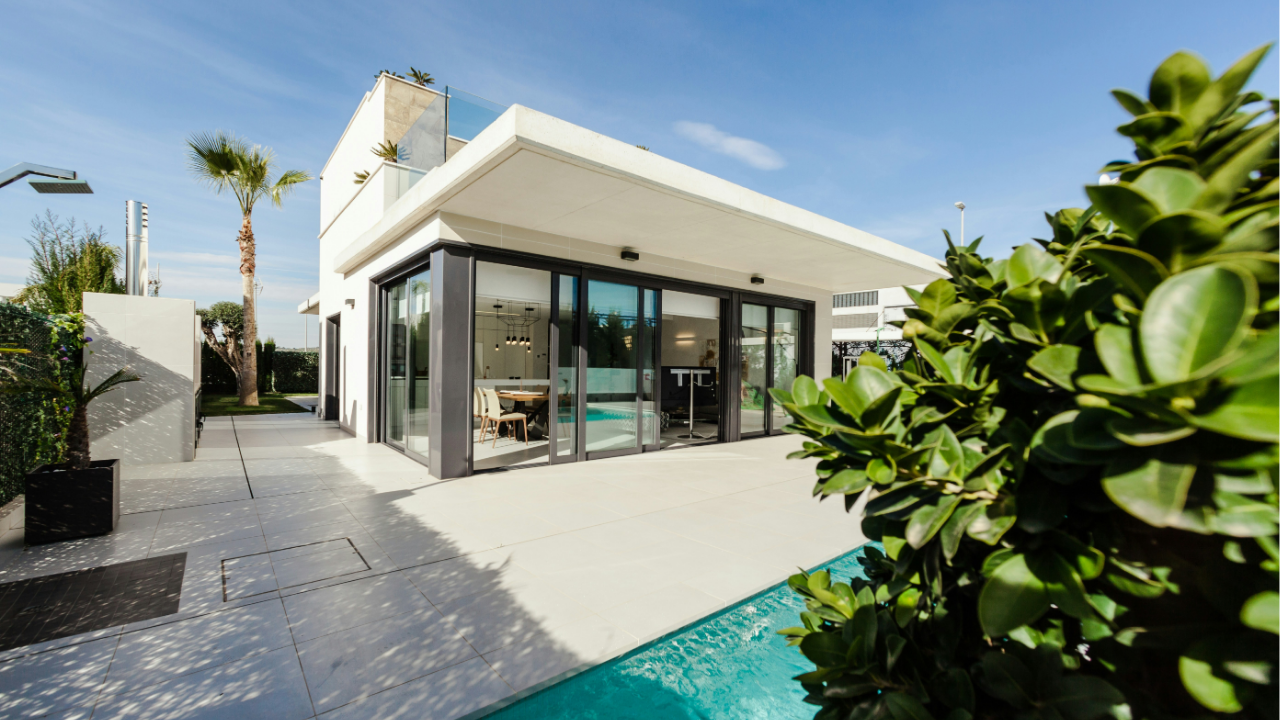

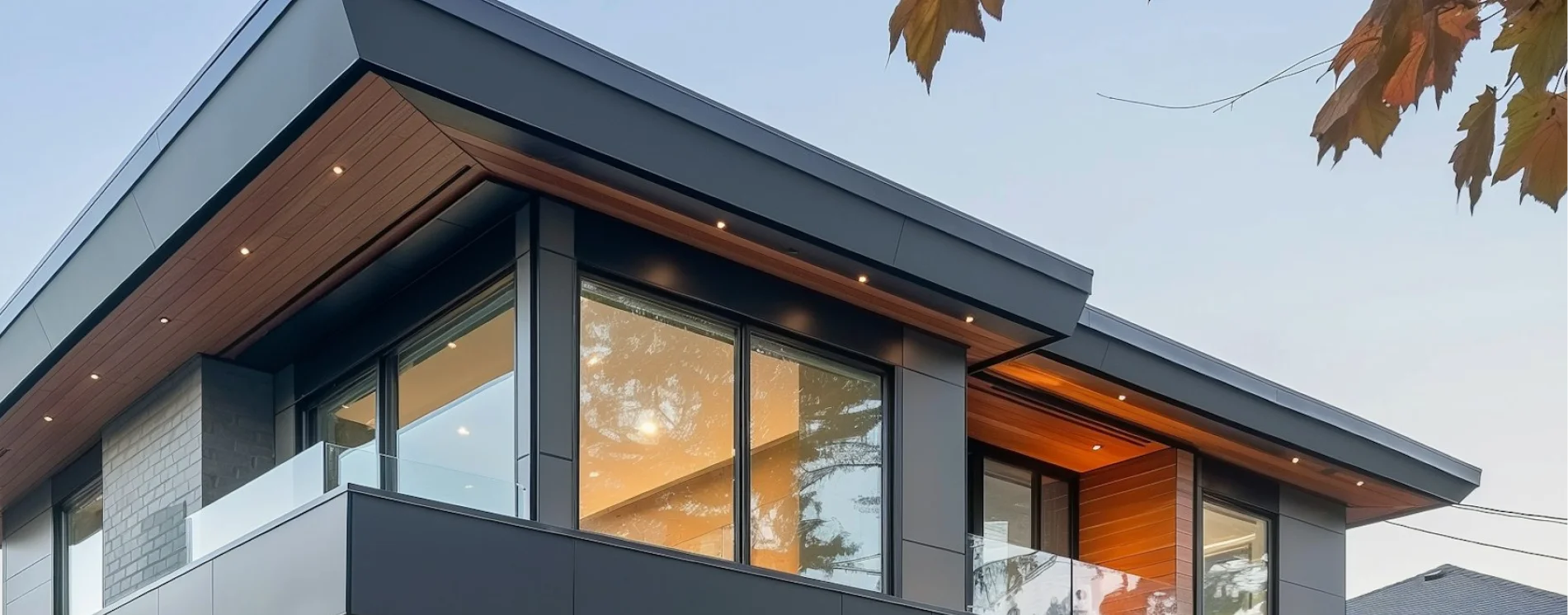
Architectural planning is changing fast, and many projects fall behind because designs don’t match today’s needs or tomorrow’s expectations.
The stakes are high. Poor planning can lower liveability, reduce value, and even make a home feel outdated before it’s finished. Research shows homes designed with future-focused planning gain stronger resale appeal and market demand!
That’s why we’ve outlined the top 10 architectural planning trends shaping Melbourne. From sustainability to smart design, here’s what defines the future of building.
Sustainability has become a leading focus in architectural planning. Homeowners and developers are increasingly seeking designs that reduce energy consumption and environmental impact.
Features such as solar panels, double-glazed windows, and water-saving systems are now considered essential rather than optional. Thoughtful orientation of the home to maximise sunlight and airflow plays a big role in reducing long-term costs.
Materials are also carefully chosen, with recycled and locally sourced products gaining popularity. Green design is no longer a passing trend but a standard that ensures comfort, savings, and a responsible approach to building for the future.

Technology has transformed the way homes and buildings function. Architectural planning now includes smart systems for lighting, climate control, and security, all managed with simple apps or voice commands.
These features improve convenience while enhancing safety and efficiency. Homes are also designed with infrastructure that allows for easy upgrades as technology evolves.
From entertainment systems to automated blinds, every detail can be planned for seamless smart integration. By including technology at the planning stage, properties become future-ready, appealing to modern buyers while delivering a lifestyle that is both connected and efficient.
Flexibility in design is more important than ever. With more people working and studying from home, spaces need to adapt to multiple roles. A room may serve as an office by day and a guest bedroom at night.
Open-plan areas can be divided with screens or furniture to create privacy without losing flow. Designers are planning for versatility, ensuring every part of a home can adjust to changing needs. This approach maximises usability, prevents wasted space, and creates homes that remain practical even as family structures and lifestyles shift over time.

The connection between indoor and outdoor spaces is a strong trend in architectural planning. Designs often include sliding glass doors, alfresco kitchens, and landscaped courtyards that extend living areas.
This approach enhances lifestyle by encouraging more time outdoors while increasing natural light and airflow inside. Outdoor zones are no longer just backyards but have become true extensions of the home, perfect for entertaining or relaxing.
A seamless flow between inside and outside creates a sense of space and openness, giving homes both practicality and a style that suits the Australian way of living.
Every homeowner wants a space that reflects their lifestyle and taste. Architectural planning now places greater emphasis on personalisation, allowing clients to select finishes, layouts, and design features that express individuality.
From bespoke joinery to tailored colour palettes, these details create homes that feel unique and memorable. Customisation also ensures that functionality matches the way a family lives, from kitchen layouts to storage solutions.
By moving beyond standard templates, designers can deliver projects that truly capture the character of their occupants. Personalisation transforms a design from a house into a lasting and authentic home.
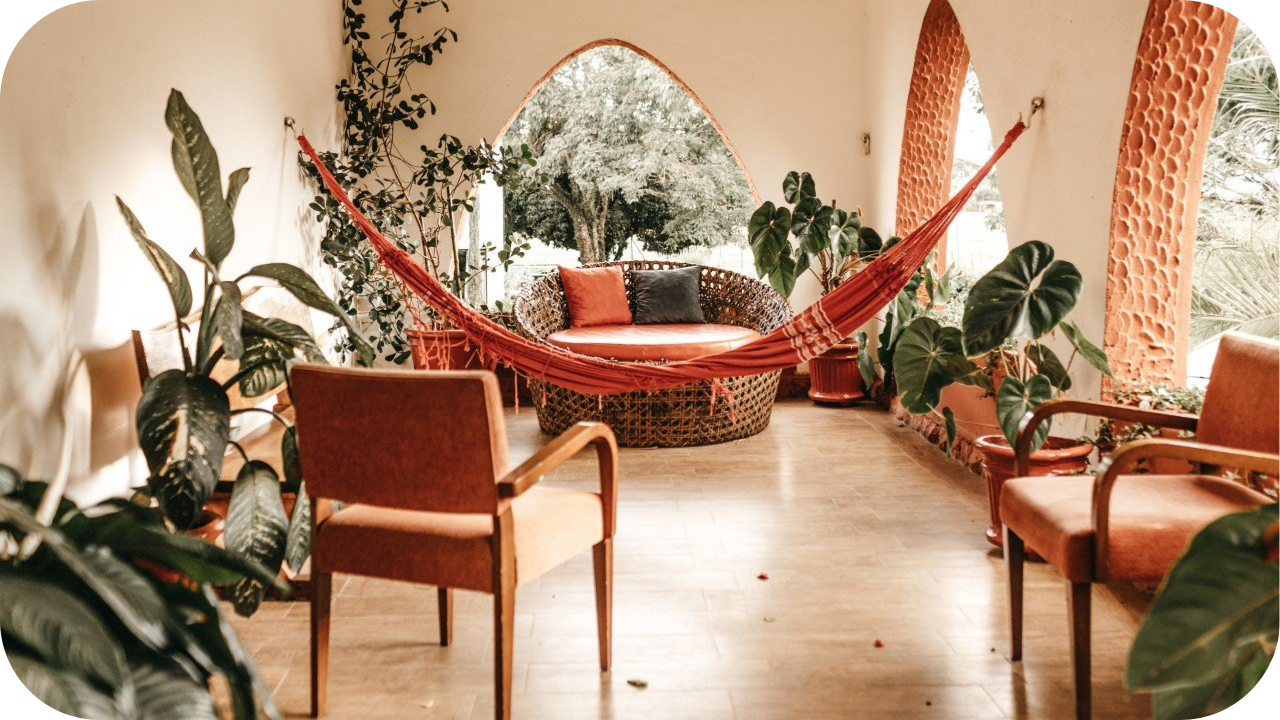
Wellness has become central to modern planning. Designers are prioritising natural light, fresh air, and acoustics that reduce noise for more comfortable living environments.
Features such as larger windows, improved ventilation systems, and biophilic elements like indoor greenery are common in new projects. Spaces are also being planned with fitness, relaxation, and mental health in mind, whether through home gyms, meditation zones, or quiet retreats.
These choices make homes healthier and more enjoyable while improving long-term quality of life. Wellness-focused design ensures that properties are not only beautiful but also supportive of everyday wellbeing.
Melbourne is known for blending historic charm with contemporary living. Many planning projects involve retaining heritage façades while creating sleek, modern interiors behind them.
This approach respects the city’s character while giving homeowners the benefits of modern layouts, technology, and efficiency. Heritage overlays often make full demolition difficult, so architectural planning finds creative ways to integrate old and new.
The result is a property that preserves history while providing all the comforts of today. This balance between tradition and innovation is a trend that continues to grow across urban and suburban areas.
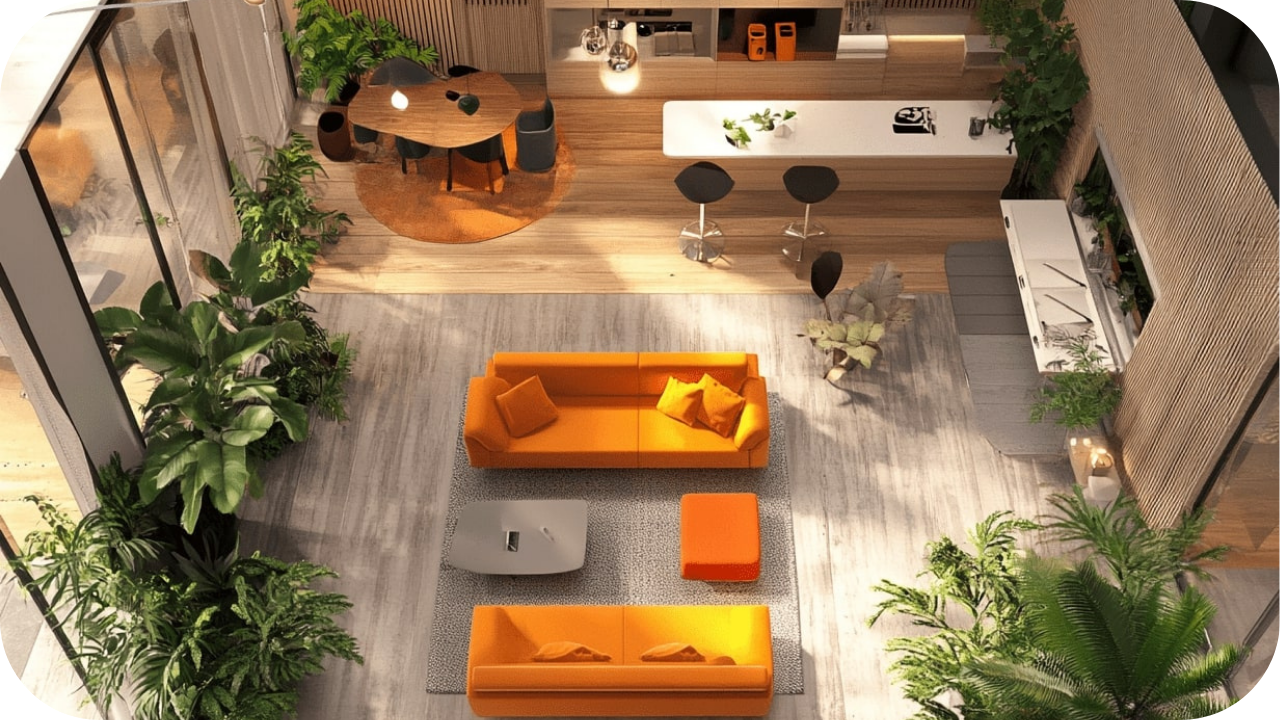
As cities become denser, community-focused planning has gained momentum. Townhouses and apartments are increasingly designed with shared facilities such as rooftop gardens, courtyards, and co-working areas.
These spaces encourage social interaction, promote well-being, and create a stronger sense of belonging among residents. Shared amenities also maximise land use, giving more value to multi-residential developments.
For architects and developers, planning with the community in mind makes projects more attractive to buyers who value lifestyle as much as the home itself. This trend highlights the shift towards creating not just homes, but connected neighbourhoods.
Minimalist design continues to be a strong influence, but practicality remains key. Clean lines, uncluttered layouts, and neutral colour schemes deliver timeless appeal. However, behind the simplicity lies careful planning that ensures spaces remain functional and liveable.
Built-in storage, clever layouts, and durable materials keep the home efficient while maintaining the minimalist look. This balance allows residents to enjoy elegance without sacrificing comfort.
By focusing on essentials and removing excess, minimalist planning delivers designs that feel calm, refined, and ideally suited to contemporary lifestyles while still ensuring practicality in day-to-day living.
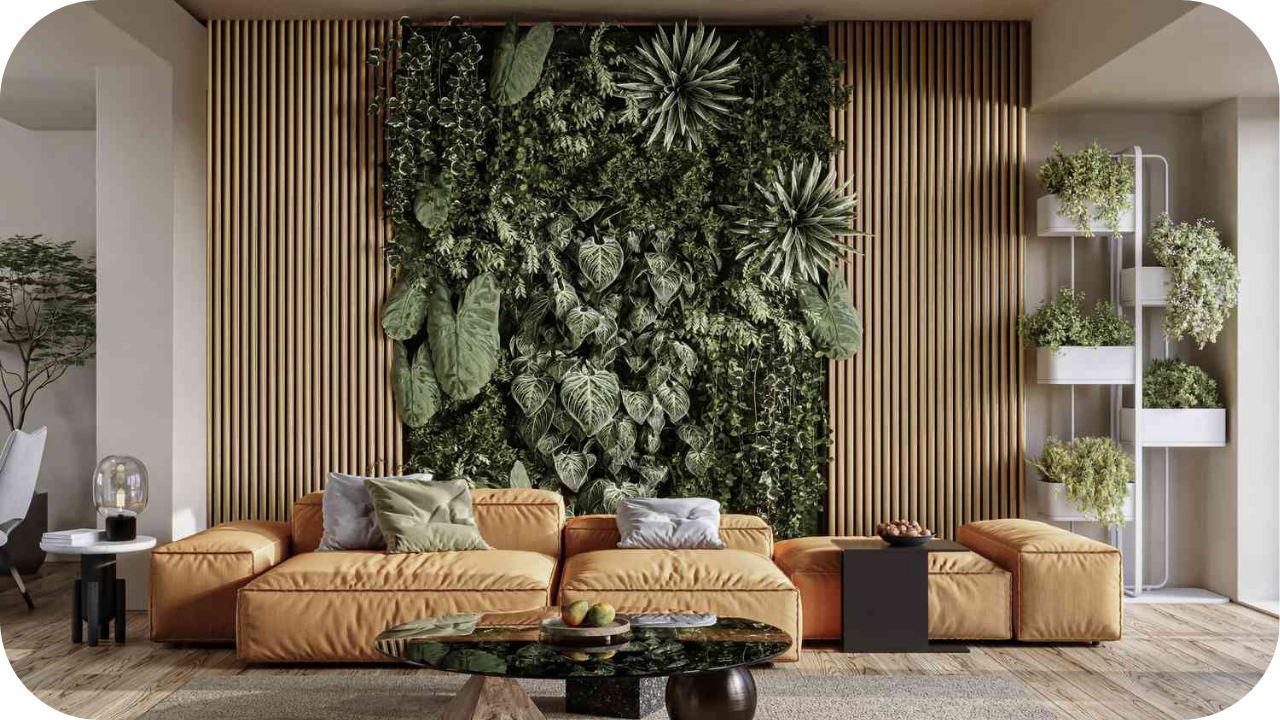
Biophilic design is reshaping how spaces are planned by strengthening the connection between people and nature. It incorporates greenery, natural materials, flowing water features, and generous daylight to create calming environments.
Large windows and indoor gardens are increasingly included to boost mood, productivity, and well-being. The aim is not just aesthetic but psychological, as studies show biophilic elements reduce stress and improve overall health.
In Melbourne, this approach is being used in both homes and commercial projects, reflecting the growing demand for spaces that feel restorative and deeply connected to the outdoors.
Choosing ROMAAC Group means working with a team that understands architecture is about more than just building. It is about creating spaces that balance function, style, and long-term value.
Every project we take on is treated with care, from the first sketches to the finishing touches. Our approach is highly personalised, ensuring every design reflects the vision, lifestyle, and needs of our clients.
With extensive experience in both new builds and renovations, we are skilled at bringing ideas to life while meeting Melbourne’s unique planning requirements. We focus on details that matter, whether it is smart layouts, sustainable features, or premium finishes.
Clients trust us because we combine creativity with precision, delivering projects that are both inspiring and practical.
At ROMAAC Group, we believe homes and spaces should feel timeless yet adaptable. Our commitment is to design and build with quality, integrity, and innovation, ensuring results that exceed expectations every time.
Architectural planning today is about more than structure. It shapes how we live, work, and connect, blending sustainability, technology, and lifestyle-driven design. These top 10 trends highlight the direction of Melbourne’s future homes and developments, ensuring spaces remain functional, stylish, and valuable.
At Romaac Group, we specialise in bringing these forward-thinking ideas to life with precision and creativity. Whether you’re planning a new build or reimagining an existing space, our team is ready to guide your journey.
Contact Romaac Group and Partner with us to start shaping your future today.
